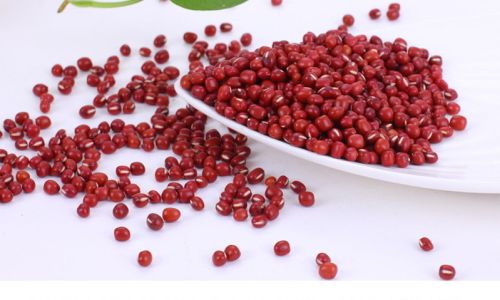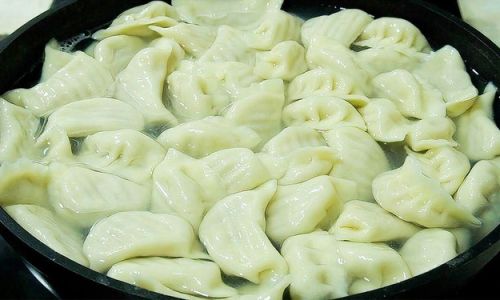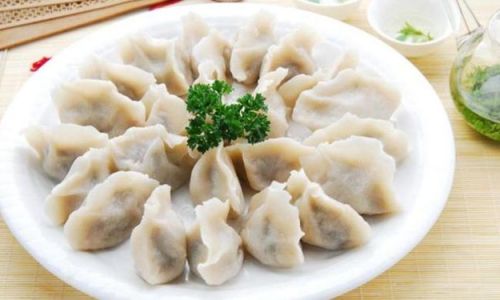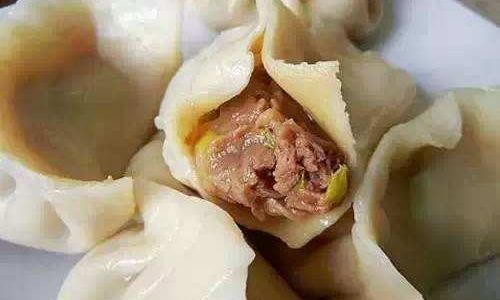Introduction

Adzuki beans, scientifically known as Vigna angularis (Willd.) Ohwi subsp. angularis, are a type of small, red legume that has been cherished for centuries in various cuisines worldwide. These beans are not only prized for their distinct nutty flavor and sweet aroma but also for their nutritional benefits. Rich in fiber, protein, vitamins, and minerals, adzuki beans are a staple in dishes ranging from traditional Japanese desserts like anko to Chinese congee and even Western health foods. However, selecting fresh and high-quality adzuki beans can be challenging, especially with the myriad of options available in the market. This guide aims to provide comprehensive insights into the art of selecting the best adzuki beans, ensuring that your culinary endeavors yield the most delightful and nutritious results.
Understanding Adzuki Beans
Before diving into the selection process, it’s crucial to understand the basic characteristics of adzuki beans. These beans are typically small, round, and have a deep reddish-brown hue. Their texture, when cooked, is creamy and slightly sweet, making them ideal for both sweet and savory dishes. Adzuki beans are known for their ability to retain their shape and color even after prolonged cooking, which is a testament to their high quality.
Importance of Selecting Fresh and High-Quality Beans
Choosing fresh and high-quality adzuki beans is paramount for several reasons:
- Nutritional Value: Fresh beans retain more of their natural nutrients, including vitamins, minerals, and antioxidants.
- Flavor and Texture: High-quality beans offer a superior taste and texture, enhancing the overall eating experience.
- Food Safety: Old or improperly stored beans can harbor mold, bacteria, or insects, posing health risks.
- Cooking Efficiency: Fresh beans cook more evenly and quickly, saving time and energy.
Step-by-Step Guide to Selecting Fresh and High-Quality Adzuki Beans
Inspect the Packaging
When purchasing packaged adzuki beans, the first step is to carefully examine the packaging. Look for the following:
- Seal Integrity: Ensure the packaging is intact and not punctured or torn. This prevents contamination and ensures freshness.
- Best Before Date: Check the best before or expiration date to ensure the beans are within their optimal shelf life.
- Ingredients List: Confirm that the package contains only adzuki beans and no added preservatives or fillers.
- Country of Origin: While not always indicative of quality, knowing where the beans were grown can provide insight into their cultivation practices.
Examine the Beans Visually
Once you’ve inspected the packaging, it’s time to take a closer look at the beans themselves. Here’s what to check for:
- Color: Fresh adzuki beans should have a consistent, deep reddish-brown color. Avoid beans that are faded, discolored, or have spots.
- Shape and Size: Adzuki beans are small and relatively uniform in shape. Avoid beans that are misshapen, cracked, or overly large.
- Surface Texture: The surface of the beans should be smooth and free of blemishes. Rough or wrinkled beans may indicate old age or improper storage.
Smell the Beans
Fresh adzuki beans have a distinct, earthy aroma that is slightly nutty. If the beans smell musty, moldy, or have no discernible scent, they may not be fresh. Avoid beans with an unpleasant odor, as this could indicate spoilage.
Feel the Beans
Touching the beans can provide additional insights into their freshness and quality. Here’s what to look for:

- Firmness: Fresh beans should feel firm and slightly dense when touched. Beans that are soft, mushy, or overly dry may be old or improperly stored.
- Moisture Content: While beans should not be wet, they should have a slight moisture content. Dry, brittle beans may have lost their natural oils and nutrients.
Check for Impurities
Inspect the beans for any foreign objects or impurities. This includes stones, dirt, or even other types of beans. High-quality beans should be clean and free of debris.
Consider the Source
Purchasing beans from a reputable source can significantly increase the chances of obtaining fresh and high-quality products. Consider the following:
- Specialty Stores: Health food stores, gourmet markets, or Asian groceries often stock high-quality adzuki beans.
- Local Farmers’ Markets: Buying beans directly from farmers can ensure freshness and provide an opportunity to ask questions about cultivation practices.
- Online Retailers: Trusted online stores that specialize in organic or gourmet foods often offer high-quality adzuki beans.
Storage Considerations
Once you’ve selected your beans, proper storage is crucial to maintaining their freshness and quality. Here are some tips:
- Airtight Container: Store beans in an airtight glass or plastic container to prevent moisture loss and contamination.
- Cool, Dark Place: Keep the container in a cool, dark place away from direct sunlight and heat sources.
- Avoid Humidity: High humidity can cause beans to mold or develop an off-taste. Ensure the storage area is dry.
- Label and Date: Write the purchase date on the container to keep track of how long the beans have been stored.
Cooking and Testing
Before committing to a large batch of beans, it’s a good idea to cook a small sample to test for quality. Here’s how:
- Soaking: Soak the beans overnight in water. Fresh beans should expand slightly and remain firm. Discard any beans that float or appear discolored.
- Cooking: Cook the beans in fresh water until tender. High-quality beans should cook evenly and maintain their shape.
- Taste: Taste a few beans to ensure they have a pleasant, nutty flavor without any bitterness or off-taste.
Common Pitfalls and How to Avoid Them
- Buying in Bulk: While bulk purchases can be cost-effective, they also increase the risk of receiving old or mixed-quality beans. If buying in bulk, ensure you can inspect the beans thoroughly before purchase.
- Ignoring the Best Before Date: Even if the beans look and smell fine, ignoring the best before date can lead to disappointment. Always check the date to ensure freshness.
- Improper Storage: Storing beans in transparent containers or in warm, humid environments can quickly degrade their quality. Follow the storage tips outlined above to maintain freshness.
- Assuming All Beans Are the Same: Different brands and sources can vary greatly in quality. Be willing to try different options to find the best-suited beans for your needs.
Conclusion
Selecting fresh and high-quality adzuki beans requires attention to detail and a keen understanding of what to look for. By carefully inspecting packaging, examining the beans visually and through touch and smell, and purchasing from reputable sources, you can ensure that your adzuki beans are not only fresh and nutritious but also delicious and satisfying. Proper storage and a small cooking test can further confirm the quality of your beans, setting the stage for culinary success. With these tips in mind, you’ll be well-equipped to select the best adzuki beans for your next culinary adventure.
This comprehensive guide covers all aspects of selecting fresh and high-quality adzuki beans, from understanding their characteristics to storing them properly. By following these steps, you can ensure that your adzuki beans are not only delicious but also nutritious and safe to consume. Happy bean-picking!





0 comments